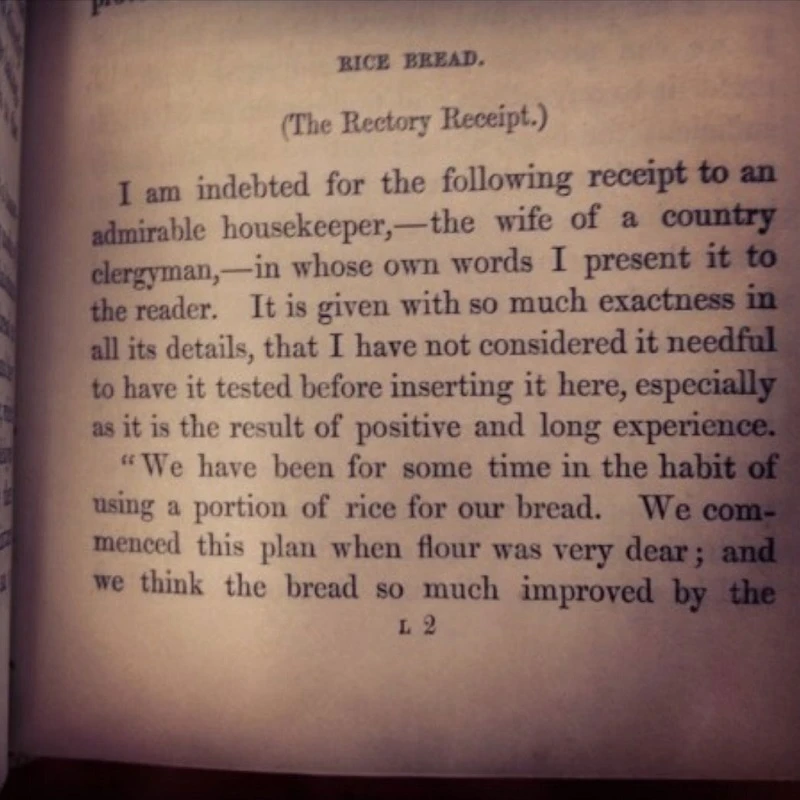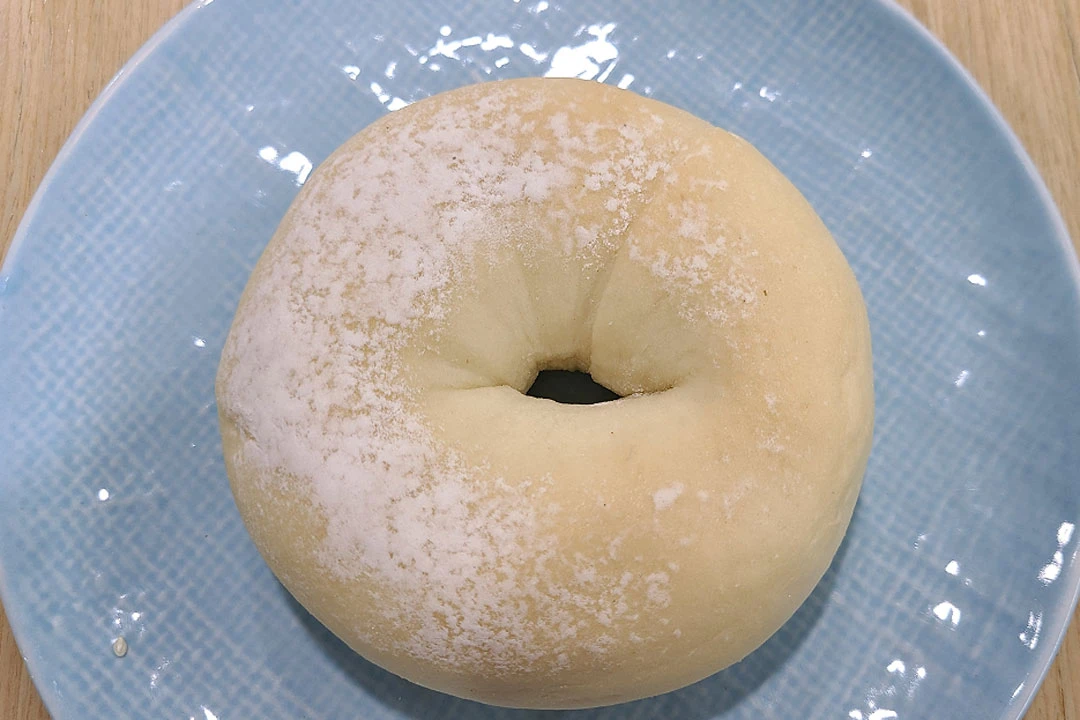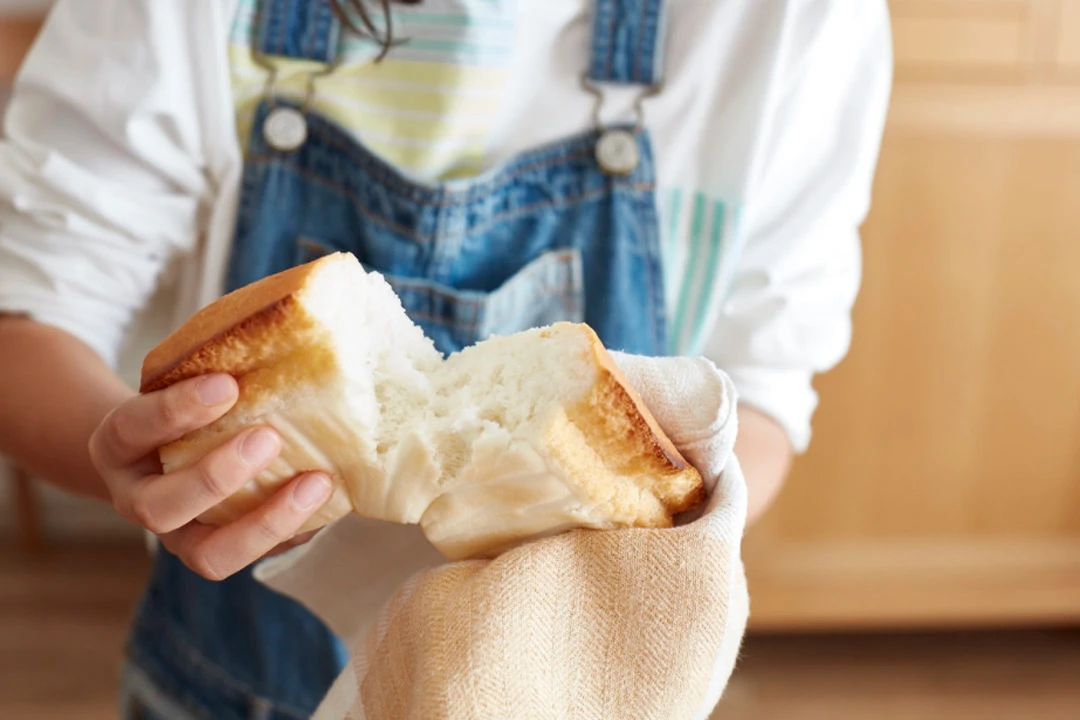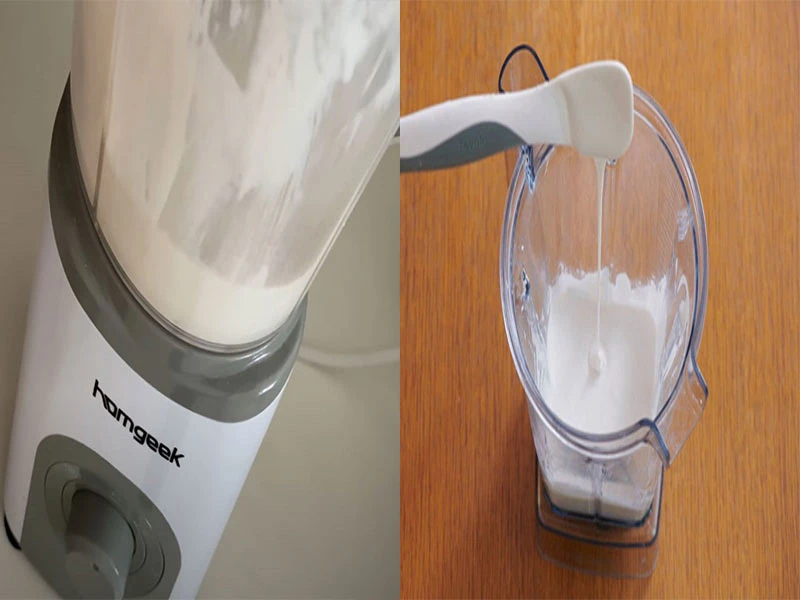The world of baking has witnessed a revolution over recent years, with a variety of bread types emerging and captivating the culinary interests of many. From the classic toast and pastry bread to bagels, croissants, focaccia, and the increasingly popular rice bread, the spectrum of options has significantly broadened. Among these, rice bread stands out, marrying the soft, chewy texture with a subtle rice fragrance, making it a unique addition to the Asian culinary palate.
Understanding Rice Bread: It's Still Bread
At first glance, rice bread might seem like a drastically different, exotic variation of traditional bread. However, it remains fundamentally bread. The primary distinction lies in the incorporation of rice or rice components alongside wheat flour. Traditional bread owes its structure to gluten, a protein in wheat that forms a stretchy network when hydrated, allowing the dough to rise and hold its shape. Rice, lacking gluten, cannot independently form this network, necessitating the combination with wheat to produce bread.
Rice flour, with its fine starch particles and excellent water absorption, imparts a moist and soft texture to the bread. This characteristic makes rice bread an ideal candidate for incorporating vibrant vegetables and fruits, catering to the modern demand for visually appealing and flavorful baked goods.
Rice bread is not a novel concept. Its roots can be traced back to the late 18th and early 19th centuries in Britain. During this period, the Corn Laws restricted wheat imports, causing domestic grain prices to skyrocket and pushing many towards alternative food sources. Among these, rice became a preferred additive to extend the precious wheat flour supply.

Eliza Acton, a British poet and cook, documented rice bread in her 1857 book "English Bread-Book," describing a method of incorporating cooked rice into bread dough to increase volume and improve texture. Despite its popularity, the repeal of the Corn Laws in 1846, which reduced flour prices, led to a decline in the necessity for such bread. Consequently, rice bread faded into obscurity.
The Rebirth of Rice Bread: Technological Innovations
In Asia, particularly Japan, the use of rice in food has always been integral. The drive to incorporate rice into breadmaking resurfaced in Japan for economic and resource efficiency reasons. Post-World War II, Japan faced severe food shortages and relied heavily on imported wheat, prompting a renewed interest in utilizing domestically produced rice.
The quest to create rice bread that could compete with wheat bread led to the development of advanced milling techniques. Traditional rice flour, with its larger particle size compared to wheat flour, was unsuitable for making bread due to its inability to form a stable gluten network. The breakthrough came in the 1990s with the invention of the air jet mill (气流磨) in Niigata Prefecture, Japan. This method produced ultra-fine rice flour, reducing starch damage and enabling the flour to mimic the properties of wheat flour more closely.
Towards 100% Rice Bread: The Material Science Breakthrough
Despite these advancements, rice bread still relied on some wheat flour to provide structure. The challenge of creating 100% rice bread was addressed by researchers at Yamagata University, who in 2001 developed a method by adding pregelatinized rice flour to trap air bubbles within the dough, akin to plastic foam molding. This innovation marked the birth of entirely rice-based bread, free fromtime, propelling rice bread into the spotlight.
By 2016, significant strides were made in the field of rice bread production. Japanese researchers discovered that using rice flour with minimal starch damage and fermenting it with koji mold could create stable Pickering emulsions. These emulsions, consisting of solid starch particles encapsulating gas bubbles, allowed the dough to rise effectively without added thickeners like gelatin or cellulose. This discovery simplified the rice bread-making process, even making it accessible for home bakers.
Subsequently, companies like Tiger Corporation capitalized on this innovation, developing bread machines specifically designed for home use with rice flour. These machines democratized rice bread baking, allowing ordinary households to produce 100% rice bread with ease, further integrating rice bread into daily life.
A Modern Twist: The Raw Rice Bread Movement
Amid the technological advancements, a return to simpler, more traditional methods has also gained momentum. In 2020, Japanese culinary expert Shiori Ito introduced a method for making rice bread using whole grains of rice instead of rice flour. This raw rice bread involves soaking rice, blending it into a paste, and fermenting it before baking. The simplicity of the process and the accessibility of the ingredients have made raw rice bread a popular choice for home bakers.
Raw rice bread bears a striking resemblance to the 19th-century British rice bread in its use of soaked rice, highlighting the cyclical nature of culinary innovation. Despite the technological differences, both methods aim to enhance the bread's texture and flavor through traditional and modern means.
Rice Bread in China: A New Frontier
Although rice bread has been a staple in Japan for decades, its introduction to the Chinese market is relatively recent. The lack of specific industry standards in China means that rice bread can vary significantly in rice content and preparation methods. Chinese rice bread typically falls into three categories:
1. Rice as an Additive: Here, wheat flour is still the primary component, with rice incorporated as a filling or mixed into the dough in small quantities. Examples include purple rice soft rolls and millet bread.
2. Mixed Flour Bread: This approach blends rice flour with wheat flour, usually keeping the rice flour proportion below 40% to maintain structural integrity. The resulting bread is softer and moister but lacks the chewiness of traditional wheat bread.
3. Gluten-Added Rice Bread: In this method, gluten is added to rice flour to compensate for the lack of gluten, producing a bread that combines the elasticity of wheat bread with the aroma of rice.
Making Raw Rice Bread at Home
Despite the challenges in finding 100% rice bread commercially in China, the raw rice bread method offers an accessible alternative for home bakers. Here's a simple recipe adapted from Shiori Ito:
Ingredients:
- 115g rice
- 13g cooking oil
- 8g maple syrup (or 5g sugar dissolved in 5g water)
- 2g salt
- 2g dry yeast
- 70-75g warm water (around 50°C)
Instructions:
1. Soak the Rice: Wash the rice thoroughly and soak it in ample water for at least 2 hours.
2. Blend the Mixture: Drain the soaked rice and transfer it to a blender. Add all ingredients except the yeast. Blend in 20-second intervals until smooth. Once the mixture cools to around 40°C, add the yeast and blend for another 20 seconds.
3. Fermentation: Line a small loaf pan with parchment paper and pour in the rice mixture. Cover with plastic wrap or spray with water. Let it ferment in a 40°C oven for 15-30 minutes until it rises by about 1.5 times.
4. Baking: Preheat the oven to 180°C. Spray the surface of the risen dough with water and bake for 30 minutes until golden brown. Let it cool slightly before removing it from the pan.



